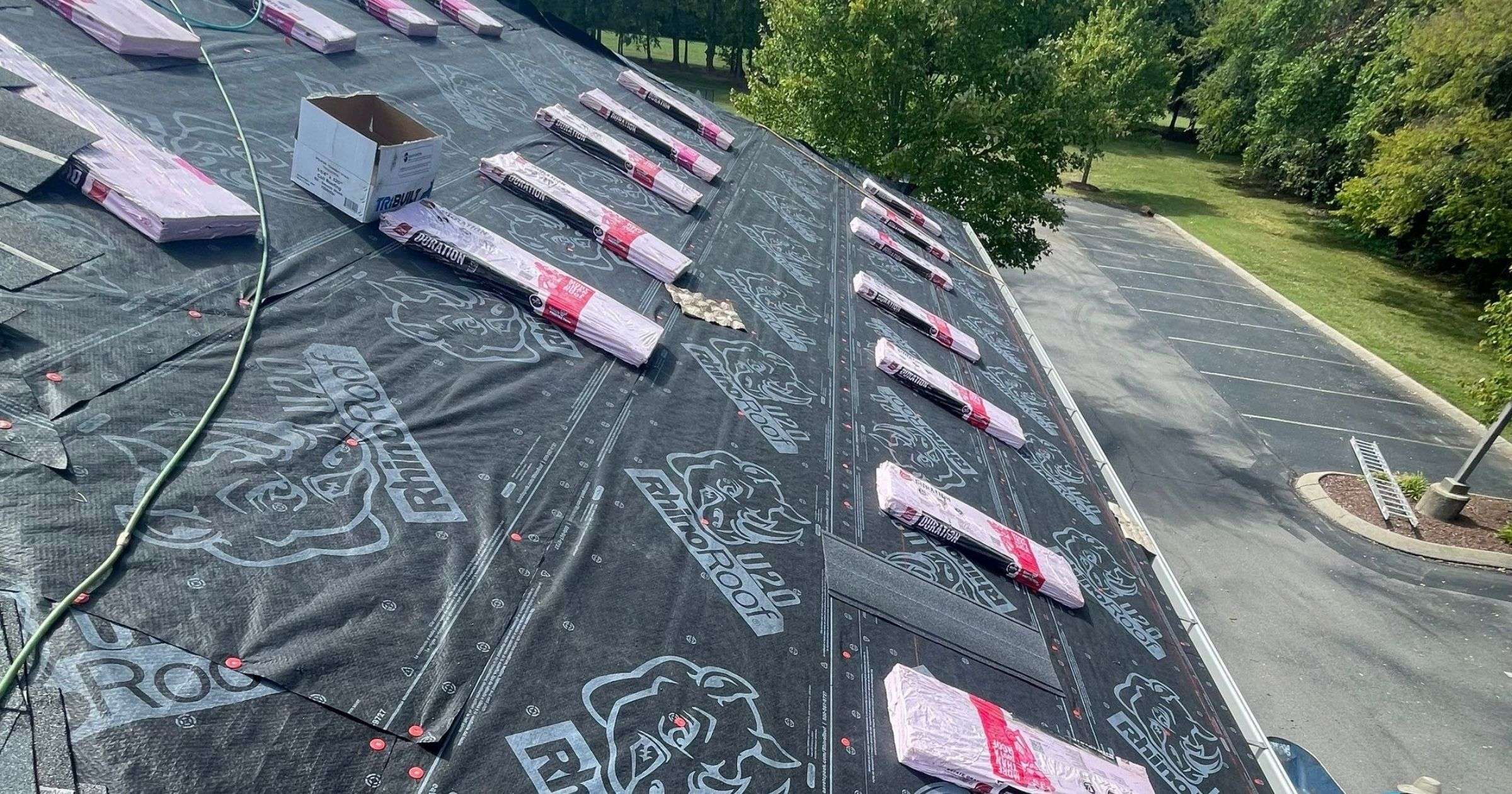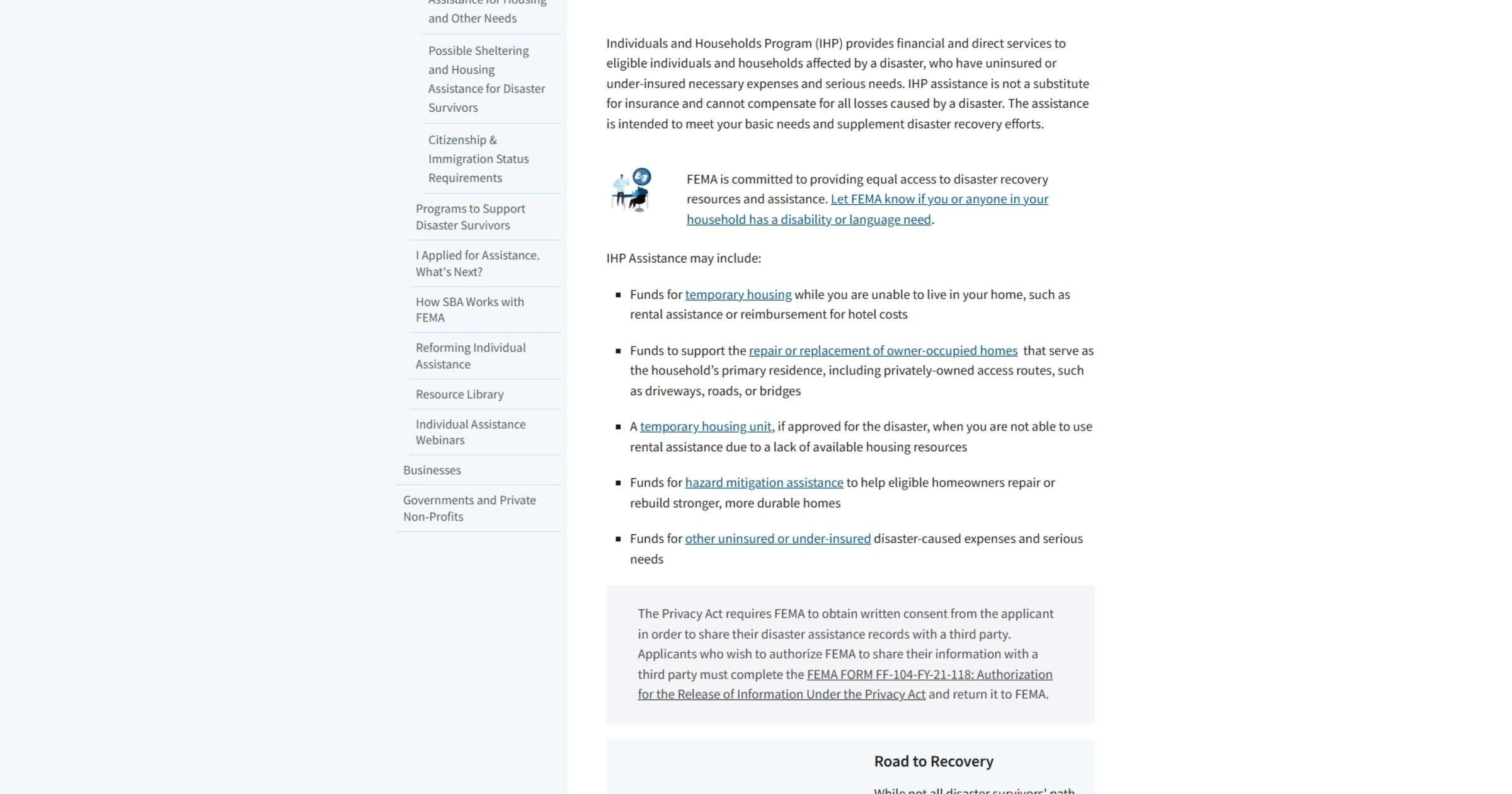Storm Damaged? Handling the Roof Insurance Deductible

The sound of a storm is unsettling, but the silence after can be even more daunting as you assess the damage to your home. A damaged roof is a top priority, but the thought of navigating insurance claims and deductibles can be overwhelming. You’re not alone in this.
This guide will walk you through understanding your roof insurance deductible and explore practical ways to manage this expense. We’ll also highlight some red flags to watch for so you can protect yourself from scams.
Key Takeaways:
- Understand Your Deductible: Know whether you have a flat-rate or percentage-based deductible, as this will significantly impact your out-of-pocket costs.
- Explore Your Options: You have several avenues for financial assistance, from payment plans and contractor financing to government loans.
- Beware of Scams: Never let a contractor pay your deductible. This is illegal and a major red flag.
- Get Professional Guidance: A reputable roofing contractor can help you navigate the insurance process and ensure you get a quality roof replacement.
What is a Roof Insurance Deductible, Really?

A roof insurance deductible is the amount of money you are responsible for paying before your insurance company contributes to the repair or replacement costs. Think of it as your share of the cost. The specifics of your deductible are outlined in your homeowner’s insurance policy.
There are two common types of deductibles:
- Flat-Rate Deductible: This is a fixed amount, for example, $1,000. If your roof repair costs $10,000, you pay the first $1,000, and your insurance company covers the remaining $9,000.
- Percentage-Based Deductible: This is a percentage of your home’s insured value. For example, if your home is insured for $300,000 and your deductible is 2%, you would be responsible for $6,000. This is common in areas prone to specific types of storms, like hurricanes or hail.
Why do deductibles exist? They serve two main purposes:
- To deter small claims: If every minor repair were claimed, insurance premiums would be much higher for everyone.
- To share the risk: By having a financial stake in the repair, homeowners are encouraged to maintain their property and prevent damage.
7 Ways to Cover Your Roof Insurance Deductible
Facing a large, unexpected expense is stressful. Here are seven legitimate ways to manage your roof insurance deductible:
- Payment Plans with Your Insurer: Some insurance companies offer payment plans for deductibles. It’s always worth asking your insurance agent if this is an option.
- Contractor Financing: Many reputable roofing companies offer financing options. This allows you to pay your deductible in manageable monthly installments. At Roof MD, we offer flexible financing to help our clients get the repairs they need without financial strain.
- Home Improvement Loans: A personal loan from a bank or credit union can be a good option, especially if you have good credit. These loans often have lower interest rates than credit cards.
- Government Assistance Programs: If your area has been declared a federal disaster area, you may be eligible for assistance from the Federal Emergency Management Agency (FEMA) or a low-interest disaster loan from the Small Business Administration (SBA). These programs are designed to help homeowners recover from natural disasters.
- Insurance Discounts and Rebates: When replacing your roof, ask your insurance agent if there are discounts for using impact-resistant shingles or other upgraded materials. While this may not cover your deductible directly, it can lead to long-term savings on your premiums.
- Credit Cards (with caution): Using a credit card, especially one with a 0% introductory APR, can be a short-term solution. However, be mindful of the interest rate that will apply after the introductory period.
- Emergency Savings: An emergency fund is the best way to prepare for unexpected expenses. If you don’t have one, consider starting one, even with small monthly contributions.

Programs like FEMA also offer diaster relief for homeowners who have been through significant damage.
Warning: What to Watch Out For
Unfortunately, the aftermath of a storm can attract dishonest contractors. Here are some red flags to be aware of:
- “We’ll pay your deductible”: A contractor offering to waive or absorb your deductible is committing insurance fraud. This is illegal and could have serious consequences for you.
- High-Pressure Sales Tactics: A reputable contractor will give you time to review their estimate and make a decision. Be wary of anyone who pressures you to sign a contract on the spot.
- “Storm Chasers”: These are out-of-town contractors who flock to storm-damaged areas. They may do subpar work and be impossible to find if problems arise later. Always work with a local, licensed, and insured contractor.
Your Next Steps to a Secure Roof
Dealing with storm damage is stressful enough without the added worry of a large deductible. By understanding your options and being aware of the potential pitfalls, you can navigate this process with confidence.
If you’re in Tennessee or Georgia and need assistance with a storm-damaged roof, Roof MD is here to help. We are experts in roof repair and replacement and can guide you through the entire insurance claims process. We offer financing options to make your deductible more manageable.
Contact us today for a no-obligation roof inspection. Let us help you restore your home and your peace of mind.
